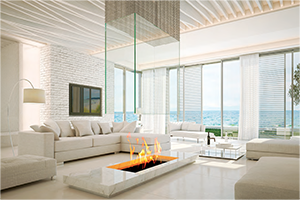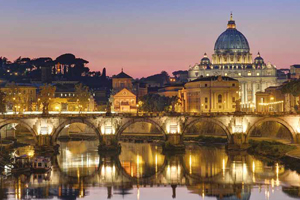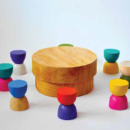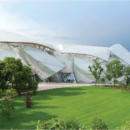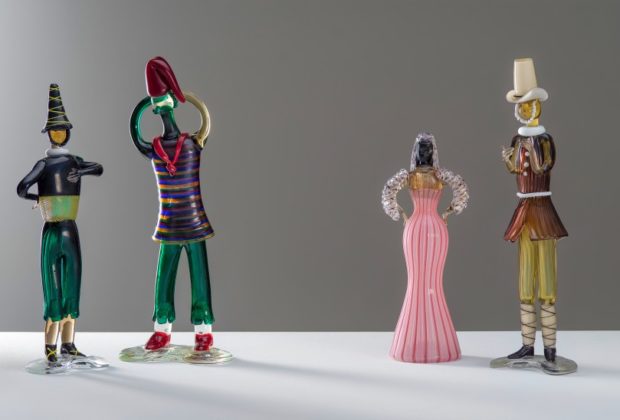
Murano glass rises again via new-age artists
There was a time when Murano was the definite source of imperial glass pieces that adorned almost every royal palace in Europe. The enormous yet delicate Venetian mirrors had reflected many generations of aristocrats until they became way too heavy and expensive for a household in transition. The little island went through a long period of time as touring destination for enthusiasts interested in the fine craft of glass-making and traditional techniques, but the odds are about to change.
The opulence of old is replaced by new-age design
Murano recovered well after Serenissima’s decline, although it lost much of its singularity. In the 15th century, Angelo Barovier discovered the crystal-clear glass that would compete with authentic crystal, opening the door for the luxurious Venetian mirrors and chandeliers, which were prefered to the crystal ones because they were lighter. Together with the millefiori and lattimo glass, one that imitates porcelain, the crystal-clear class was not only a long standing invention for humankind, but also an afordable alternative to a developing society. However, the glass-making process was affected by accelerated technological improvements and awfully harmed by conterfeits. Nowadays, Murano grows into the place where some visionary people are struggling to ressurect an underestimated art.
“The furnaces have completely failed to renew themselves. They stick to traditional techniques and traditional designs. Almost none of them invests in any research and development – and with science advancing so fast today, there are lots of exciting innovations they should be embracing.” – Luca Berta, co-founder Venice Art Factory Project[1]

The fusion between the old and the new seems to be the suitable strategy for many glassware producers, such as Seguso Vetri d’Arte, a family firm established 600 years ago. It rose from the ashes due to a couple of glass collectors, who challenged themselves to tell the story only few knew. Now they exhibit their pieces – including furniture, tableware and lighting – in some of the most luxurious hotels in Venice and organize personalized tours for their buyers in the furnace, to help them understand the process and capture the whole experience.
Contemporary artists reinvent the glass-making tradition
Increasingly more artists are now interested in the old techniques and put their feet down on the island of Murano, searching for inspiration. Jean-Michel Othoniel is one of them, the creator of some impressive pieces, such as My Bed (2003) or Les Belles Danses, an installation that became permanent at The Water Theatre from Versailles. On the other side of the door stands Venini, a glassmaker that has long collaborated with many companies and designers, including the Campana brothers, for some wall-light sculpture from fragments of glass in 2010, Maserati – for a limited‑edition luxury car, and Ermenegildo Zegna interiors. Some of their most beautiful classics can be found in private galleries and temporary exhibitions at dedicated museums, such as Le Stanze del Vetro.[2]

Le Stanza del Vetro represents a reverence that a passionate art historian made to Murano glass. As stated in a recent interview[3], David Landau and his wife wanted to donate their collection to the Murano glass museum and their demand was declined.
Instead, they opened a joint initiative between Fondazione Giorgio Cini and Pentagram Stiftung, devoted to studying the art of glass-making in the 20th and 21st centuries. Le Stanza del Vetro is located on the island of San Giorgio Maggiore and besides exhibitions it also hosts conferences, workshops and other events dedicated to glass[4]. At this time, the visitors can see Qwalala, a new sculpture by American artist Pae White, on the occasion of the 57th International Art Exhibition – La Biennale di Venezia (on display until 30th November).
Starting from 11 September 2017, Le Stanza del Vetro will exhibit “Vittorio Zecchin: Transparent Glass for Cappellin and Venini”, curated by Marino Barovier, focusing on the transparent glass works designed by the artist during the 1920s. More details are to be found onLe Stanza del Vetro’s webpage.





